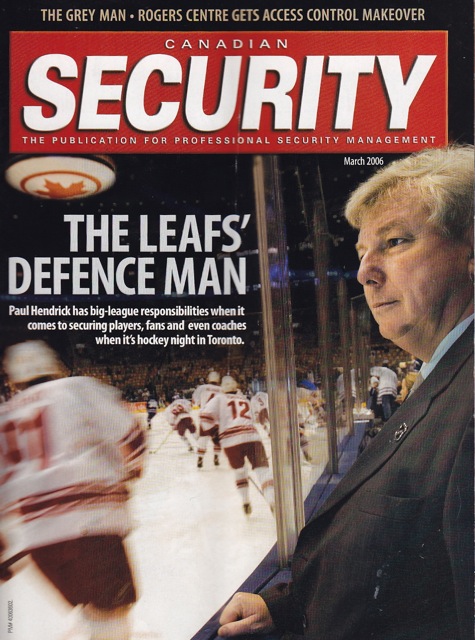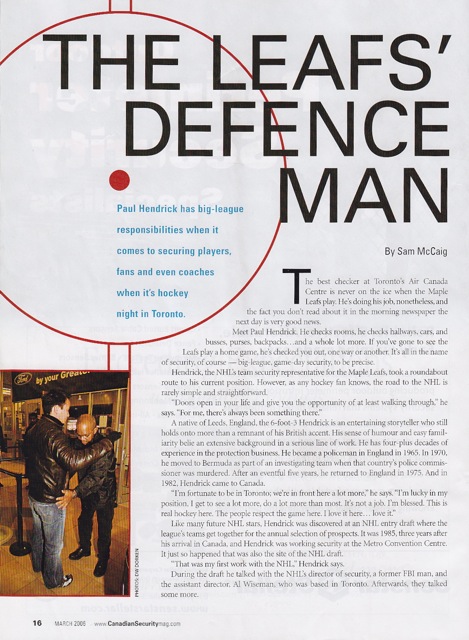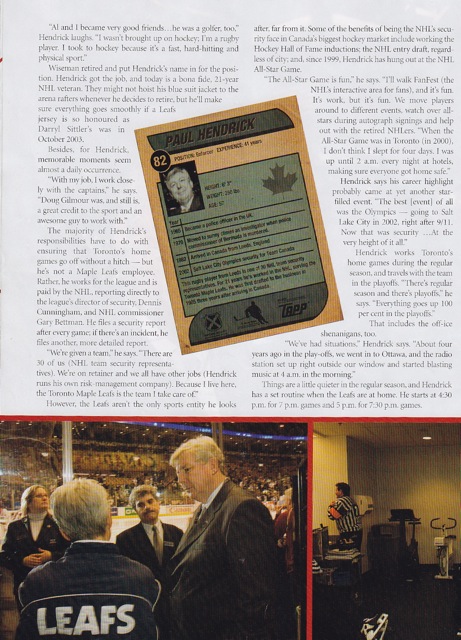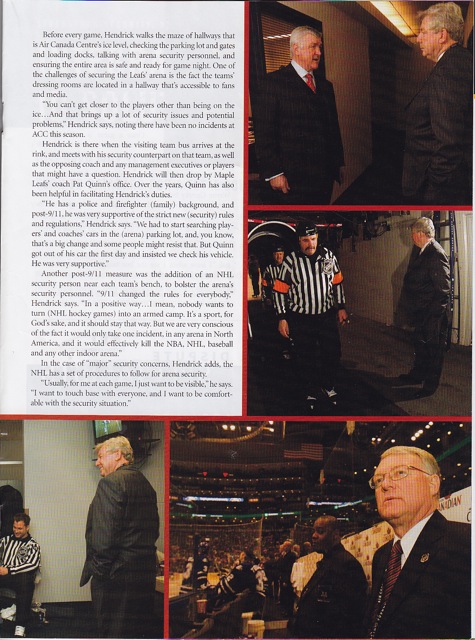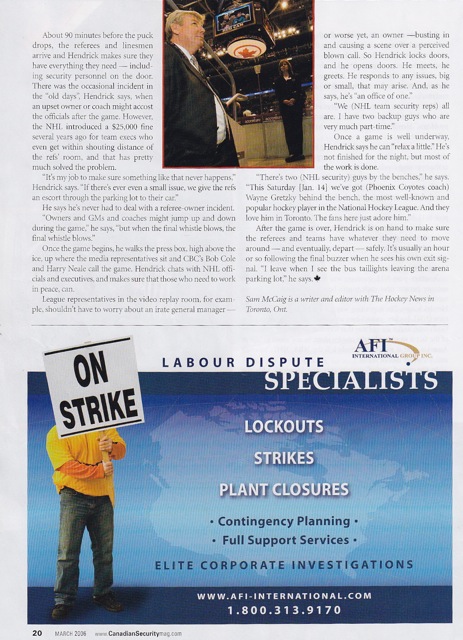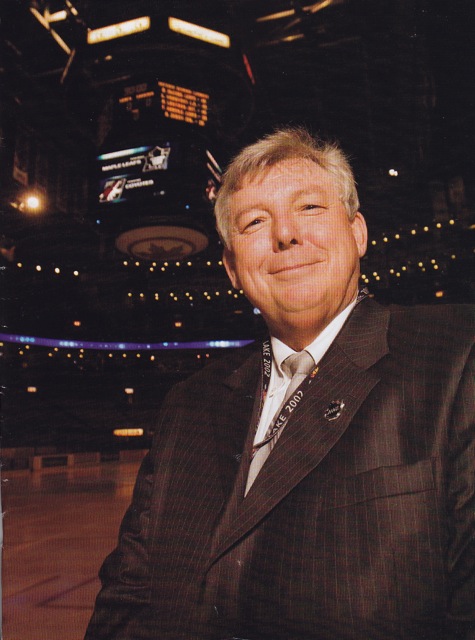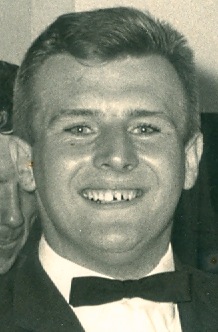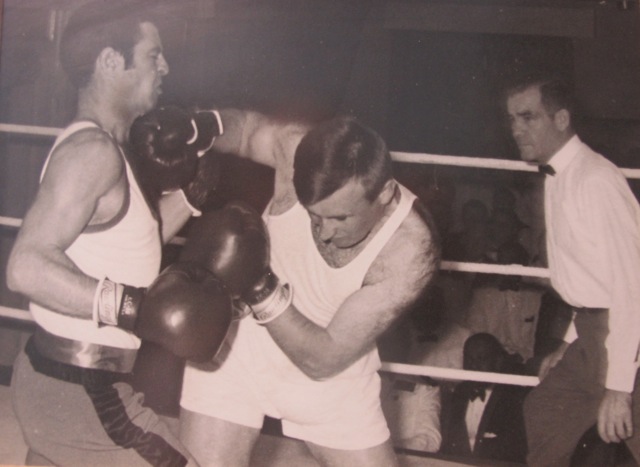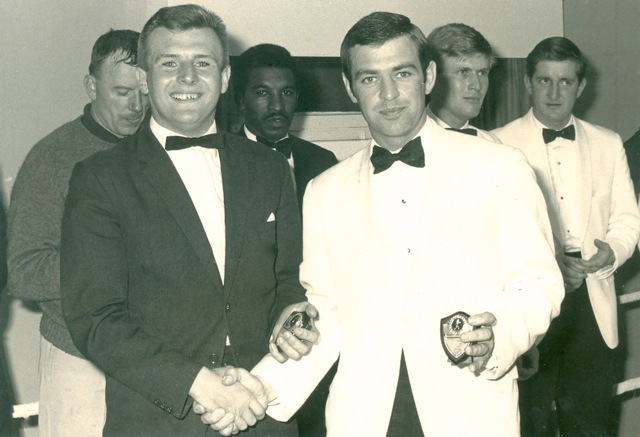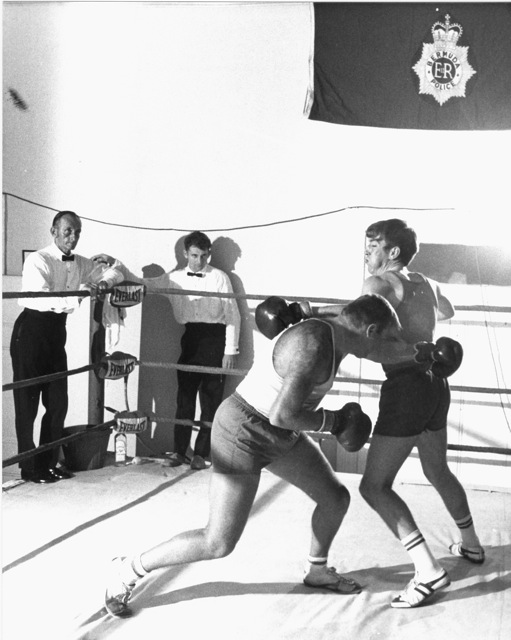Bermuda ex-Police Officers’ Association
Minutes of AGM held on 12th April 2012
at the Police Recreation Club in Devonshire
Minutes of the Annual General Meeting of the association held at the Police Recreation Club, Prospect, Devonshire on Thursday 12 April 2012 commencing at 5-30 p.m.
Present: President Roger Sherratt
V/President Reese Bartley
Secretary David Cook
Treasurer Eddie Davies
- The President opened the meeting at 5:37pm declaring there was a quorum present [19].
Apologies were received from the following members:
John Dale, Mike Lohan, Brenda Meade, John Barnett, Keith Cassidy, Maurice Pett, Bill Black, Ray Bell, Gerry Ardis, Keith Lovell, Fred Bean, Peter Edney, Tony Saunders, John Van De Weg.
- Minutes of the 2011 AGM
The minutes of the 2011 Annual General Meeting were agreed. Steve Taylor proposed they be accepted & Phil Taylor seconded. All in favour.
- Matters arising
There were none.
- Audited accounts.
The accounts were presented later in the meeting due to the Treasurer, Eddie Davies being unavoidably detained. He gave an explanation of the accounts as audited by David Goodwin. The grand total held in the two accounts stood at $7602.83. Gerry Lyons proposed, Rex Osborne seconded the report be approved. All in favour.
- Presidents Report.
The President presented his annual report. [copy attached] (see below)
- Election of officers and committee.
As the executive were willing to stay in office Norman Wilson proposed & Gerry Lyons seconded that this committee be nominated en block.
- Office Nominee Proposer Seconder
President Roger Sherratt Norman Wilson Gerry Lyons
Vice President Reese Bartley “ “
Secretary David Cook “ “
Treasurer Edward Davies “ “
Elected as proposed, all in favour.
- The President read out the names of the general committee who were all willing to stay in office. Proposed by Norman Wilson seconded by Mike Shaw the current committee be nominated en block. They are Eddie Foggo, Cory Cross, Brian Robinson, Coralie Trott, Larry Fox, and Alan Kennedy.
- The above committee members were elected all in favour.
- Amendment to Sections 6 [b] & 15.
Eddie Davies explained that it made sense to change the financial year to run from Jan 1 to December 31 and hold the AGM as soon as possible after the financial year-end. If a member has paid dues already no further payments will be required until January 2013. Proposed by Eddie Davies seconded by Phil Taylor. All in favour.
- The treasurer felt that those age 70 & over should pay something towards the running costs, after discussion it was agreed that the those in the category be charged 50% of the annual dues. This was proposed by Steve Taylor & seconded by John Skinner. All in favour.
- Roger read a letter from retired Police Sergeant Russell Matthews outlining his concern over the fact that retirees had no representation on the Bermuda Police Association [BPA] particularly when pay negotiations were ongoing which could affect retiree’s benefits. It would be an advantage to have a voice on negotiations in the future. Phil Taylor was concerned we were making a mountain out of a molehill he suggested we should consider having a representative on the board of pensions. Kevin Reeves said it would only affect short-term retirees & to have someone ex officio could be considered as a solution. Roger said it was possible future benefits could be affected so it was beneficial to have liaison with the BPA. Sergeant Kevin Christopher [Chairman of the BPA] was keen for us to have a representative but this would require changes in the Police Act. This matter was brought up at a subsequent BPA seminar held on Tuesday 17th April by Roger who appraised those present about these concerns.
13. Any other business.
- a) John Skinner made a suggestion ”that the membership committee review creating a class of membership for Bermuda Residents who are former Police Officers from other jurisdictions and who left their Police Service under honourable circumstances”. This matter will be discussed in committee.
- b) David Cook asked if anyone would be keen to see a reunion organized in Bermuda. Various responses were made, one was to hold this during Police Week in October, possibly in 2013. It was agreed the committee would review this suggestion.
- c) Roger read a letter from the family of Milton Murray Marsh, thanking the association for assisting in the funeral arrangements.
- d) The question was raised if a member rejoined the service after retiring how did it affect his Expo membership. It was agreed he/she could rejoin without any problems.
There being no further business the meeting closed at 6:50pm.
Dave Cook
Secretary.
Presidents Report 2011-2012
I was elected President of the Bermuda Ex-Police Officers Association on 13th April last year, along with a slate of Officers and Committee Members, of whom some were new and some had prior experience of working on our Committee.
At the outset I would like to sincerely thank last year’s Committee for their support, and in particular our Secretary, Dave Cook, our Treasurer, Eddie Davies, and our Vice President Reese Bartley , all of whom do an excellent job, and will hopefully be with us for at least another year.
Our major thrust during the past year has been two-fold:-
(a) To encourage camaraderie amongst our retired and former Bermuda Police officers through the various social activities we organize, and
(b) The creation of our own website to help to bring us closer together no matter where we are, whether locally or abroad. I will have more to report about the website in a moment.
SOCIAL ACTIVITIES
During the past year we held our Annual Summer BBQ at the PRC on 23rd August 2011. We were blessed with “touch and go” good weather, and the BBQ was well attended by some 70 people with several former colleagues visiting from abroad, including, Steve Smedley and his wife, and Rai Harrison who enjoyed sparring with Donville Yard for old times sake!
Our Association was actively involved with Police Week 2011. Dave Cook and I served on the Police Week Committee, and the highlight for us was the annual Memorial Service held at the Police Cemetery at Prospect to remember are departed colleagues, after which we adjourned to the PRC for a BBQ hosted by the BPS specially for our members.
Just a couple of points arising from the Memorial Service; the BPS prepares an Honour Roll of those officers who have died since 1990 while in service with a view to inviting their families to attend the Service. We provide an Honour Roll of former BPS officers who have died in the preceding 12 months, and it was, and is, our intention to also provide an Honour Role of all former and retired BPS officers who are no longer with us.
It is relatively easy to compile a list of our former colleagues who have passed in the last 12 months. Compiling a list of all former BPS officers who are deceased is a another matter! We managed to compile a list of over 240 names but realized that it was by no means complete, and that there were some glaring omissions. This is a work in progress, and any one wishing to volunteer to assist would be welcomed. We should have a working list by this October.
Getting back to Police Week, there was several other activities, including the revived Annual Police Pedal Cycle Gymkhana which I was personally delighted to see as one of the founder members back in the 1960’s. We provided several articles for insertion in the Police Week magazine. The finale was a Ball at the Pembroke Princess to which the Association was provided with complimentary tickets for one of the tables.
Our Association was also provided with complementary tickets to the Commissioner’s Annual New Year’s Day reception at the PRC, and we had approximately 60 members in attendance. With a good time being had by all.
We held our own Annual New Year Reception on 21st January this year at the Senior Officers Mess very kindly made available to us. We had some 50 people in attendance and managed to bring back some nostalgic memories with a rotating slide show of old Police photos.
EXPOBERMUDA.COM WEBSITE
After two years of behind-the-scenes action our website was finally launched in December 2011, with 3 basic aims:-
(a) To reach out to and maintain positive contact with retired and former police officers both locally and around the world;
(b) To encourage not only present members of the Association, but all retired and former members of the BPS, to keep in touch with each other, and to share their experiences through photographs and articles; and
(c) To act as a support group to former police officers and their spouses in times of need.
After just 3 months the website has numerous articles posted, including personal reminiscences from former colleagues in “Then and Now “; tributes to colleagues who are no longer with us in the “Hall of Fame”; a series of “Interesting Articles” covering historical and other topics written by members; a “Keeping in Touch” section providing latest news about colleagues both at home and abroad; and numerous photographs from our extensive collection, many of which have been provided by colleagues featured in the articles.
Since launching the website we have heard from dozens of our colleagues abroad, many of whom had heard about it either on the internet or through friends. The website has recorded some 2,000 ‘hits’ from countries all over the world, and it is certainly proving effective in maintaining positive contact with our members and helping us to keep in touch with old friends.
Dave Cook, Gary Venning and Norman Wilson have volunteered to assist in maintaining the website and we look forward to expanding it as we move forward, including the addition of a Facebook page allowing members to contact each other directly.
I would like to thank the Police Association for their generous donation towards the cost of the website, and should note that so far we have not exceeded our budget.
On the subject of the Police Association, we continue to have an excellent relationship with the BPA and have been invited to send two representatives to a BPA Executive Retreat being held on April 17th at the Ace Building where the theme is “Preparing for the Future”. This is a timely invitation as it coincides with a matter brought to our attention by retired Sergeant Russell Matthews relating to last year’s pay deal and issues surrounding the “Comall” portion of the pay agreement. You will see that this issue in on today’s agenda and we have invited Russell to discuss his concerns with us.
It would be remiss of me not to also mention the close liaison we enjoy with Commissioner Michael DeSilva and his senior staff. In addition to our open invitation to attend the Officers Mess whenever they hold their monthly Friday afternoon get-togethers, the Commissioner has expressed his support for our Association and is always looking for ways to enhance our relationship with the BPS.
One other item on today’s agenda is the issue of our annual dues. Until 2 years ago we charged the same dues for both local and overseas members but because of difficulties in handling payments from overseas and the fact that we were not providing any services to overseas members it was decided not to charge them annual dues. We also have a policy of waiving dues to members who live on Island after they reach the age of 70. We are now finding that quite a high percentage of our local members are 70 or over, and our income had fallen quite substantially. One suggestion has been to charge half the cost ($20 per annum) for resident members over 70. Our Treasurer, Eddie Davies will be addressing this issue later in the meeting.
In closing I would bring to your attention the third aim of having our website, which is, “To act as a support group to former police officers and their spouses in times of need.” This is one area that I believe we should be addressing, particularly in light of the current economic situation. If anyone has any ideas in this regard perhaps we can discuss them under Any Other Business.
Roger J. Sherratt
President
